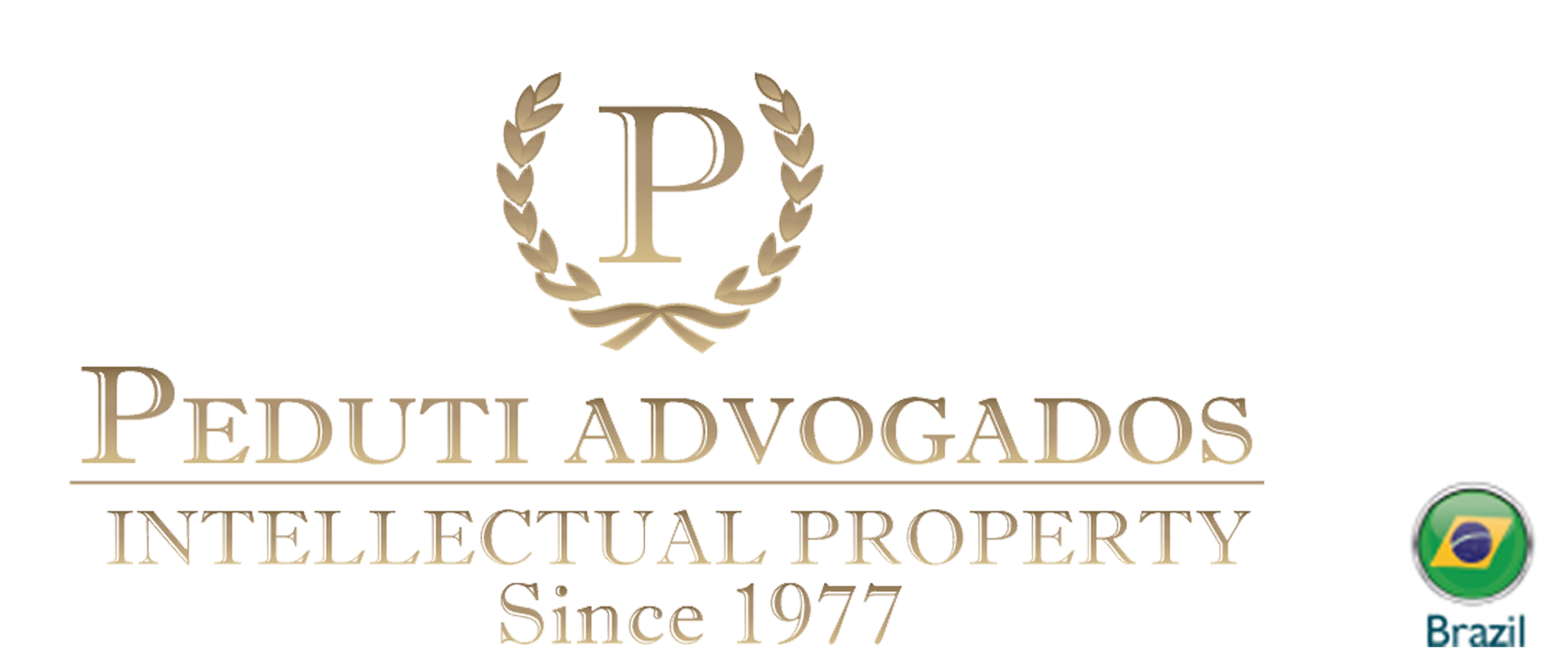The Brazilian National Industry Confederation (CNI) and the American Chamber of Commerce in Brazil (Amcham) has recently presented a report to the U.S. Government defending the removal of Brazil from the “Watch List” of Special 301 Report. The annual report, prepared by the Office of the United States Trade Representative, analyzes the status of intellectual property protection and enforcement in U.S. trading partners around the world.
Although recognizing that Brazil had took steps in 2018 to address several issues related to Brazil’s intellectual property (IP) enforcement activities, the 2019 report kept Brazil on the U.S. “Watch List”.
 The document sent now by the CNI and Amcham has highlighted the advances made by Brazil throughout 2019, among then the announcement of the Plan of Action against patent backlog, which aims to reduce the delay on the analysis of patents, the approval of the adhesion to Madrid Protocol, which will allow applicants to register trademarks in 102 signatory countries through Brazilian Trademark and Patent Office, and a National Plan to Combat Piracy – a important concern mentioned on the 2019 Report.
The document sent now by the CNI and Amcham has highlighted the advances made by Brazil throughout 2019, among then the announcement of the Plan of Action against patent backlog, which aims to reduce the delay on the analysis of patents, the approval of the adhesion to Madrid Protocol, which will allow applicants to register trademarks in 102 signatory countries through Brazilian Trademark and Patent Office, and a National Plan to Combat Piracy – a important concern mentioned on the 2019 Report.
CNI and Amcham believes that Brazil and United Stated are strengthening its relations and this is an important opportunity to point Brazil’s advances on intellectual property protection and enforcement.
The removal of Brazil from the Special 301 Report “Watch List” could be an important message to investors since, as the 2019 itself remarks, a strong intellectual property protection provides a critical incentive for businesses to invest in future innovation in Brazil.
—
Lawyer Author of the Comment: Pedro Eurico de Souza Cruz Teixeira
Headline: CNI e Amcham pedem que EUA tirem do Brasil status negativo em propriedade intelectual
“If you want to learn more about this topic, contact the author or the managing partner, Dr. Cesar Peduti Filho.”
“Se quiser saber mais sobre este tema, contate o autor ou o Dr. Cesar Peduti Filho.”




